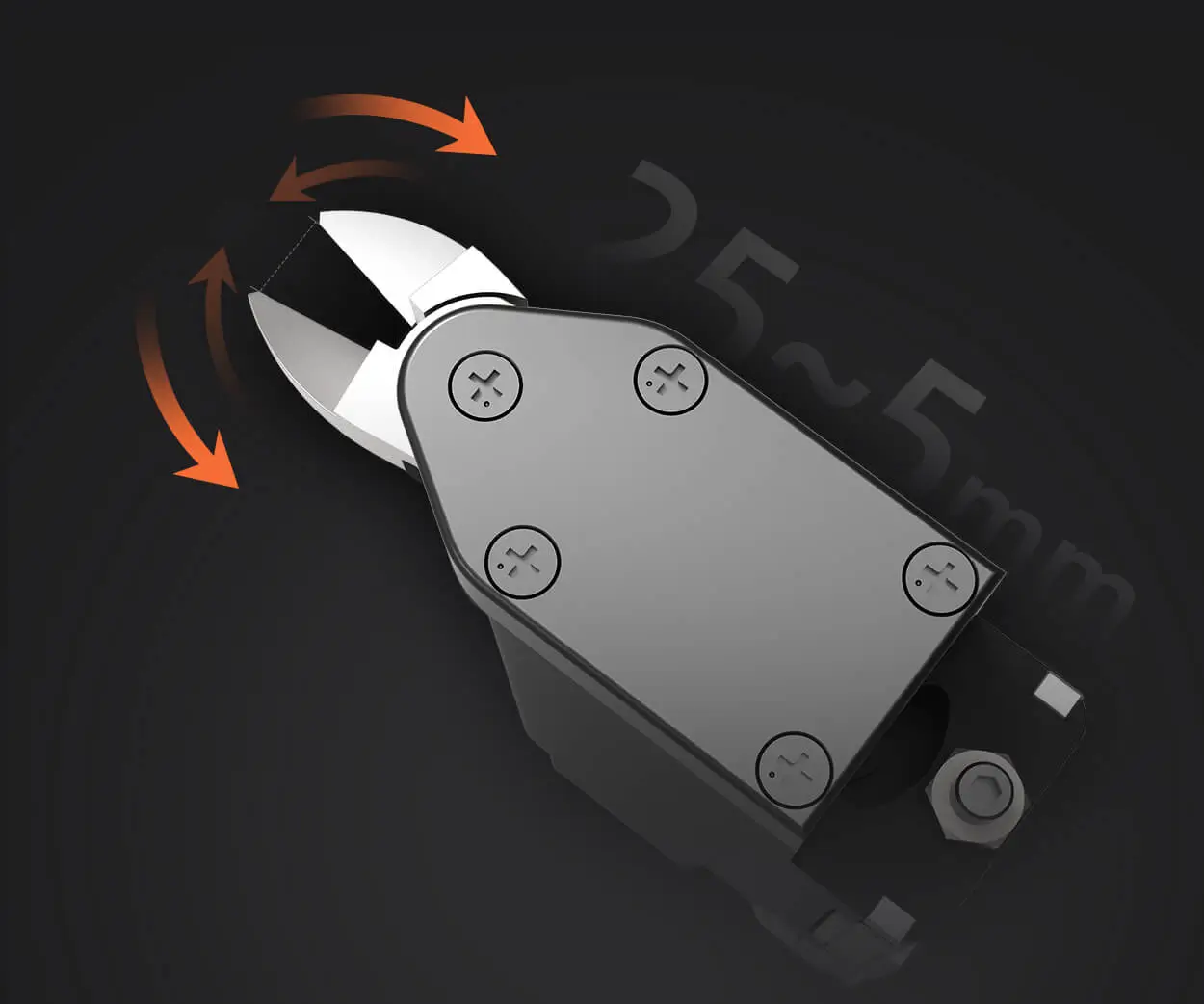Want to get your servo motor dancing on command? It’s easier than you think when you plug Arduino into the mix. Honestly, it’s like giving your projects a tiny brain, where every little movement can be precise, smooth, and surprisingly responsive. If you’ve ever wondered how to tame that stubborn servo, trust me, it’s a pretty straightforward process once you crack the code.

Imagine plugging in your servo, hearing that satisfying click as it locks into place. The key magic happens through Pulse Width Modulation, or PWM for those in the know. With Arduino, you send signals—like telling your servo, “Hey, turn to 90 degrees!”—and it listens, then moves accordingly. No fuss, no drama.
The trick is to connect the servo’s power and ground to your Arduino's power source and hook the control wire to a PWM-capable pin. From there, you just need a simple sketch — a little bit of code that tells your servo, “Hey, rotate to 45 degrees,” then “Now, go back to 0,” and on and on. It’s almost like giving life to your robot arm or camera slider without breaking a sweat.
Here’s a question: can you really control multiple servos with one Arduino? Absolutely. Just assign different pins for each servo, keep an eye on your power supply—not all servos have the same juice—and you’ll be stacking movements with ease. Want to automate a tiny robot arm? That’s a walk in the park now.
What about the quirks? Sometimes servos jitter or twitch if the signal isn't stable. Doing a little debugging—like adding a capacitor to stabilize power or fine-tuning the code—can smooth things out. Also, be mindful of not overdriving your power source; a dedicated power supply often makes a world of difference. Trust me, once you get everything wired, loaded up with some code, and see that servo move precisely where you want, it's almost addictive.
If you’re wondering about practicality, this setup is perfect for DIY robots, automated models, or even art installations. The beauty lies in controlling multiple servos seamlessly—kind of like conducting an orchestra, but with tiny motors.
There's something hypnotic about watching a servo rapidly respond to your commands, almost like it’s listening to your thoughts. When you get it right, that rush of achievement makes all the wiring and coding worth it. And hey, if your first few attempts are a bit shaky, don’t worry; perfecting servo control is just part of the fun.
Long story short, controlling servo motors with Arduino isn’t magic, but it feels that way. A little patience, a couple of wires, and some simple code get you from zero to a moving masterpiece. It’s a hands-on journey—mess around, learn, adjust—and soon, every project becomes a little more alive.
Established in 2005, Kpower has been dedicated to a professional compact motion unit manufacturer, headquartered in Dongguan, Guangdong Province, China. Leveraging innovations in modular drive technology, Kpower integrates high-performance motors, precision reducers, and multi-protocol control systems to provide efficient and customized smart drive system solutions. Kpower has delivered professional drive system solutions to over 500 enterprise clients globally with products covering various fields such as Smart Home Systems, Automatic Electronics, Robotics, Precision Agriculture, Drones, and Industrial Automation.




































